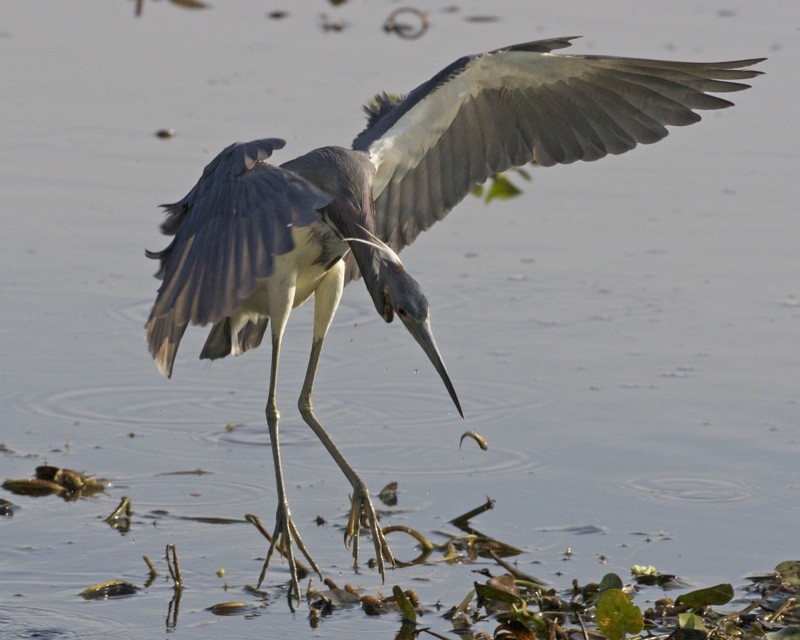Tricolored Heron
A species of Typical Egrets, Also known as Louisiana Heron Scientific name : Egretta tricolor Genus : Typical Egrets
Tricolored Heron, A species of Typical Egrets
Also known as:
Louisiana Heron
Botanical name: Egretta tricolor
Genus: Typical Egrets
Content
Description People often ask General Info
 Photo By Lip Kee , used under CC-BY-SA-2.0 /Cropped and compressed from original
Photo By Lip Kee , used under CC-BY-SA-2.0 /Cropped and compressed from original Description
The tricolored Heron is a common bird to come across wading in shallow freshwater, brackish, and saltwater ecosystems. Their hunting tactics change based on their environment. These birds are also very territorial and will defend their hunting grounds against other wading birds. Egretta tricolor is a migratory species, flying to parts of Central and South America during breeding months.
Size
56 - 76 cm
Life Expectancy
17 years
Nest Placement
Tree
Clutch Size
3 - 5 eggs
Incubation Period
1 brood
Number of Broods
21 - 24 days
Nestling Period
17 - 21 days
Feeding Habits
Tricolored Heron feeds on small fish, crustaceans, reptiles, and insects, employing stalking, chasing, and stand-and-wait techniques. They crouch very low before striking prey in wetlands. Their active foraging involves flapping wings and quick movements to creating shade to attract fish.
Habitat
Tricolored Heron thrive in coastal ecosystems, particularly in temperate to tropical regions with an abundance of aquatic life. They favor estuaries, saltmarshes, mangroves, and lagoons, as well as freshwater marshes and lake edges. Breeding primarily occurs in swamps and coastal areas, where they nest in colonies on vegetated islands. They avoid high altitudes and embrace low-lying vegetated areas near water.
Nest Behavior
Males of tricolored Heron initiate nest building by creating a platform to attract a mate. Post-pairing, nest construction continues with both sexes involved. Parental care includes both parents tending to the eggs and young.
Nest Characteristics
Tricolored Heron nests are built on islands or elevated areas with dense foliage, often in trees or shrubs up to 13 feet high. These loose platforms are constructed from large twigs, sometimes lined with finer twigs and cordgrass.
Dite type
Piscivorous
People often ask
General Info
Feeding Habits
Bird food type
Sounds
Call
Recording location: Venezuela
Behavior
Tricolored Heron exhibit a mix of solitary and social behaviors, typically seen foraging alone in wetlands. They engage in an active hunting style, running and employing abrupt turns to catch fish, often balancing with their wings for stability. While foraging is a solitary activity, they nest in colonies and show a fascinating array of courtship rituals. Aggressive behaviors are displayed by males guarding nest sites, but these give way to courtship displays, which include neck stretching, feather fluffing, and twig shaking. Males perform unique courtship flights, emitting deep, resonant wingbeats audible as a 'whomp' sound. Pair bonds formed are monogamous for at least the breeding season, with pairs greeting each other with ritualistic postures and twig exchanges.
Scientific Classification
Phylum
Chordates Class
Birds Order
Pelicans and Relatives Family
Herons Genus
Typical Egrets Species
Tricolored Heron